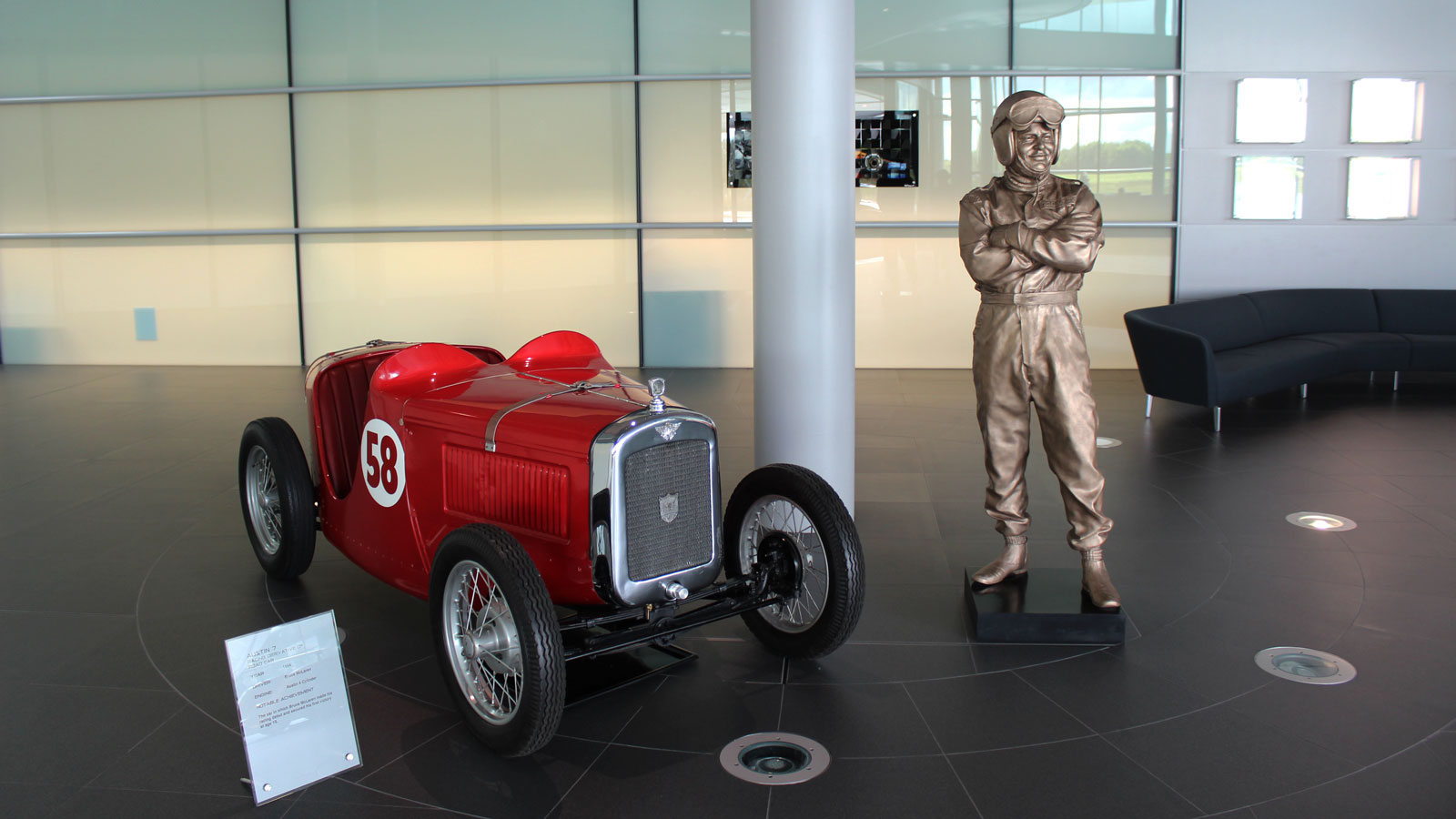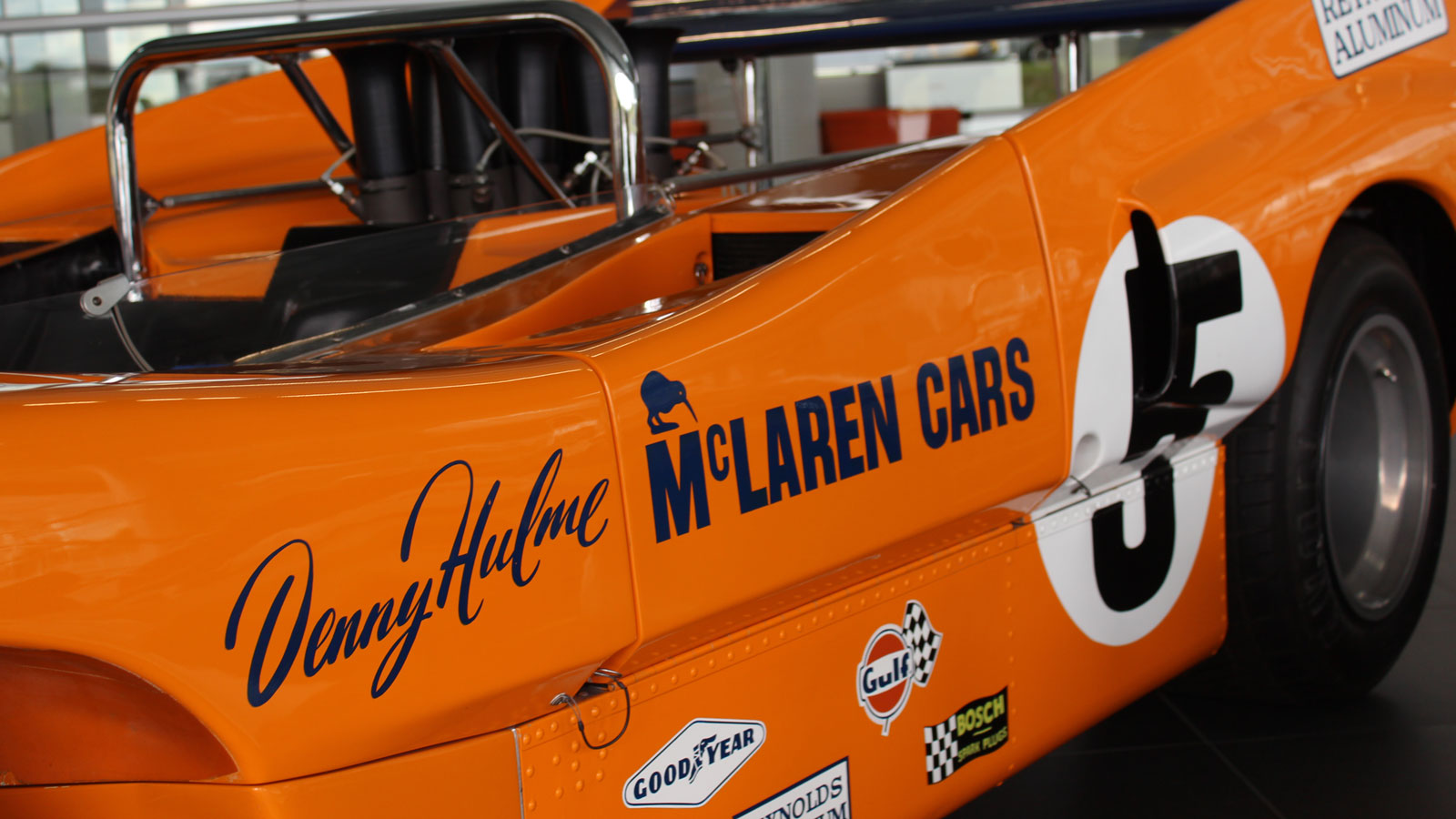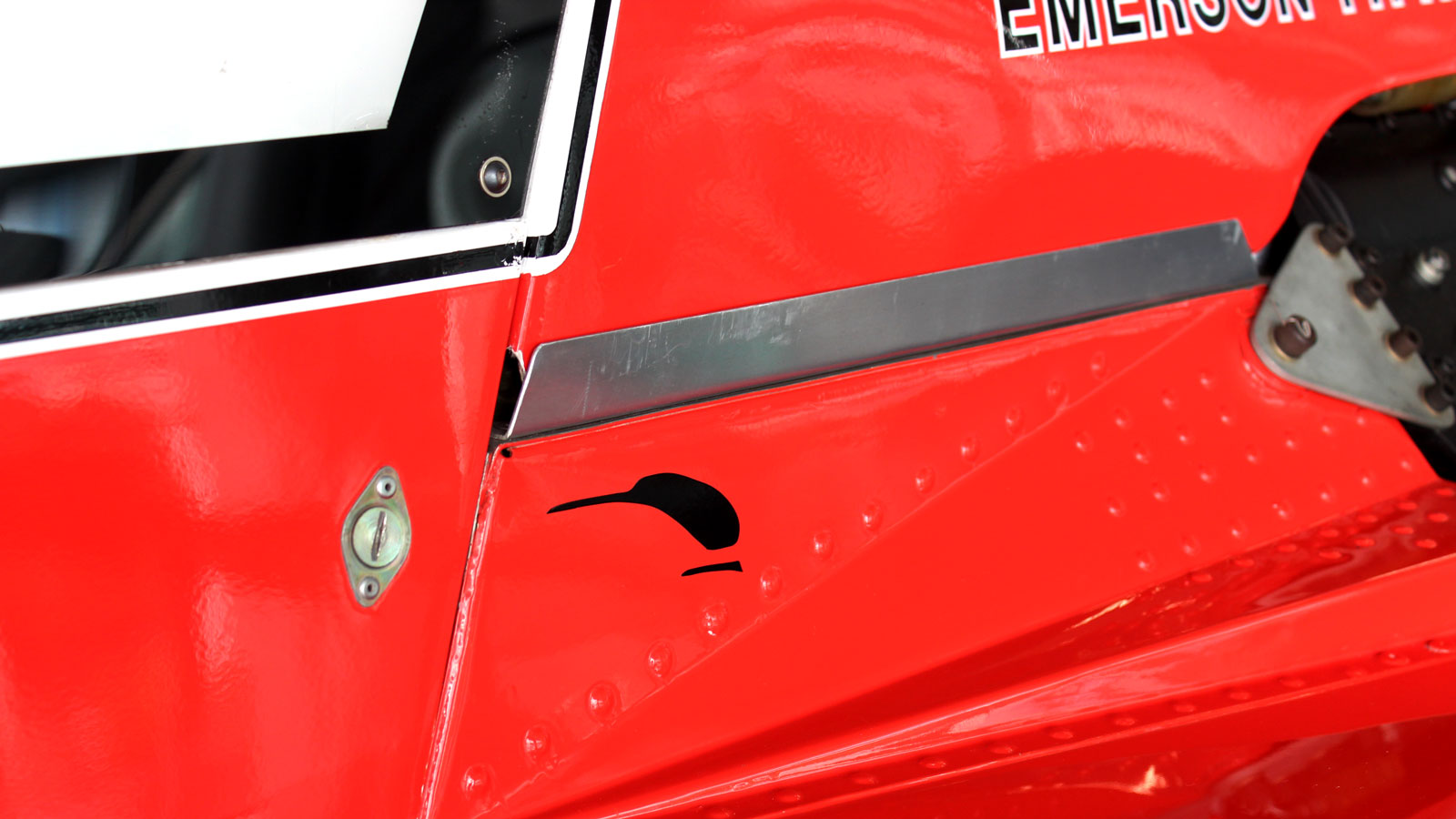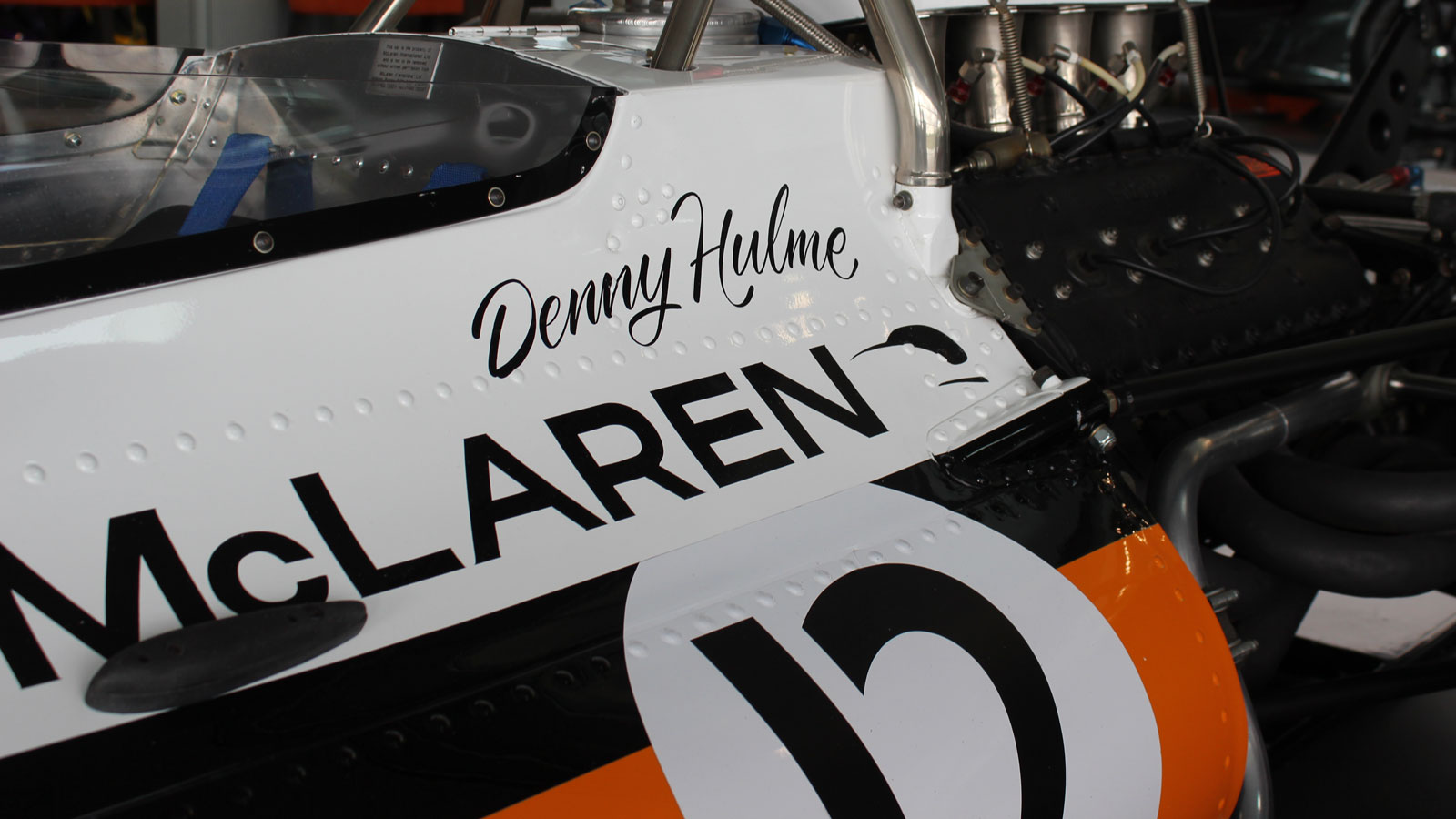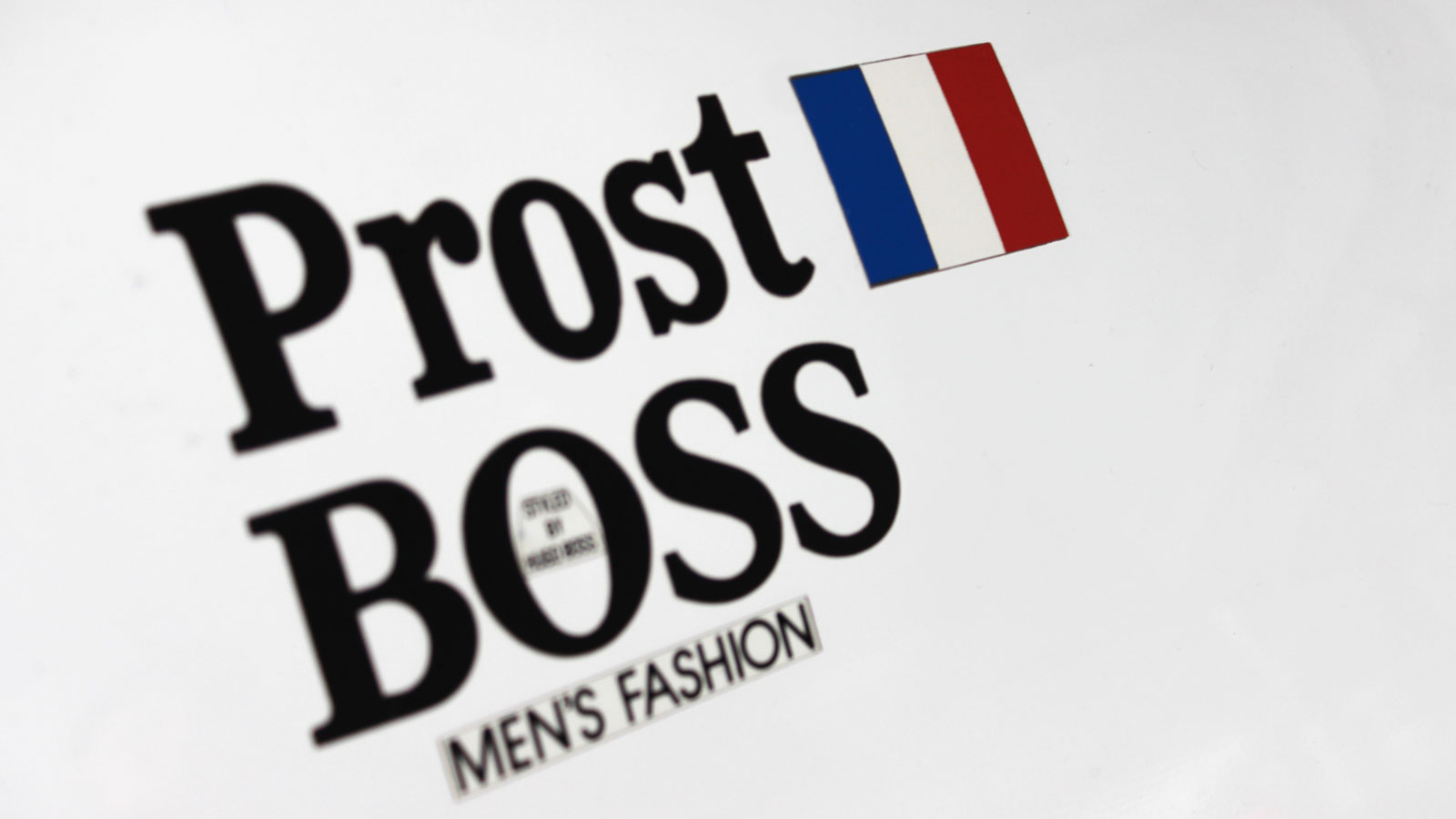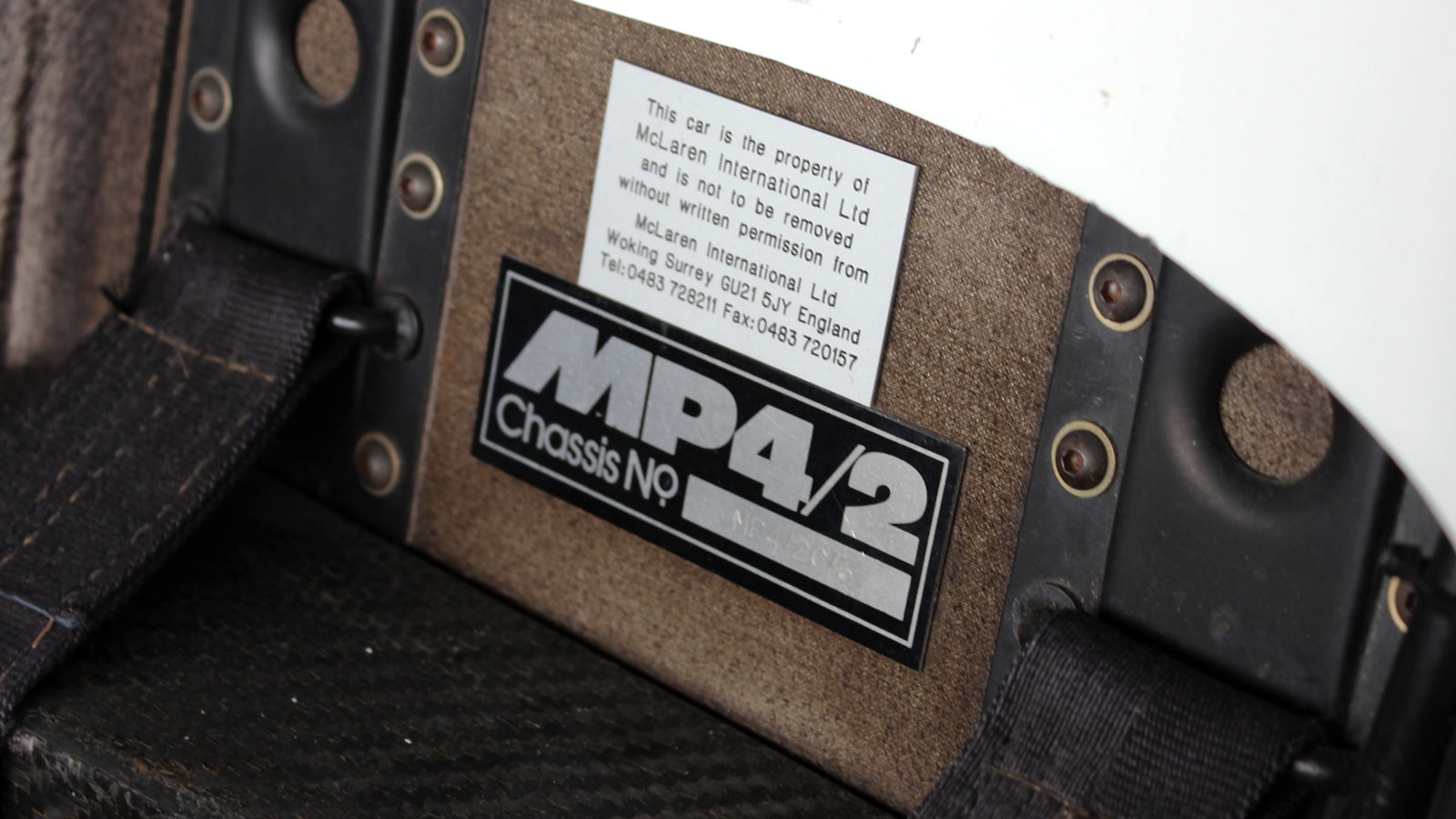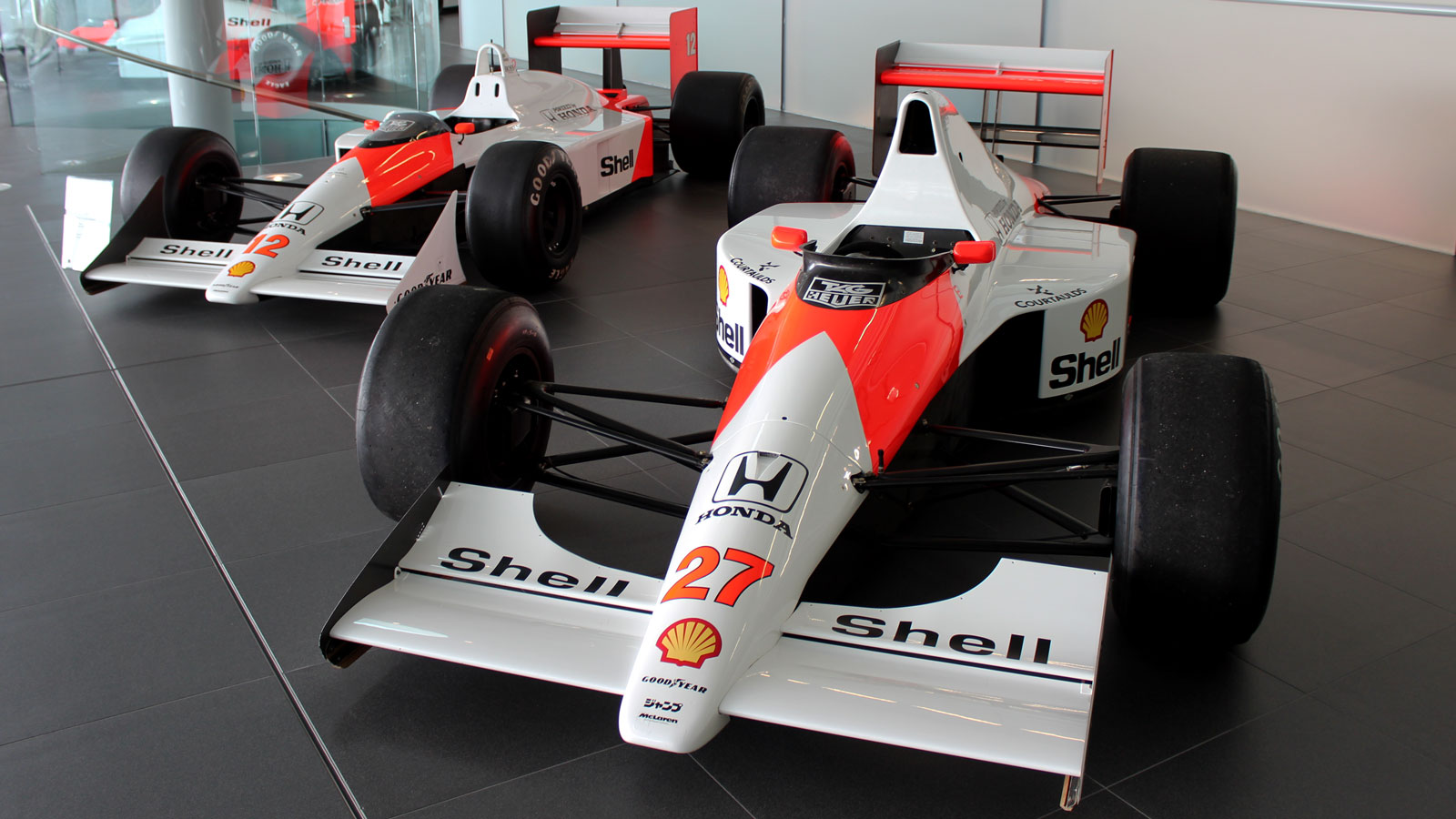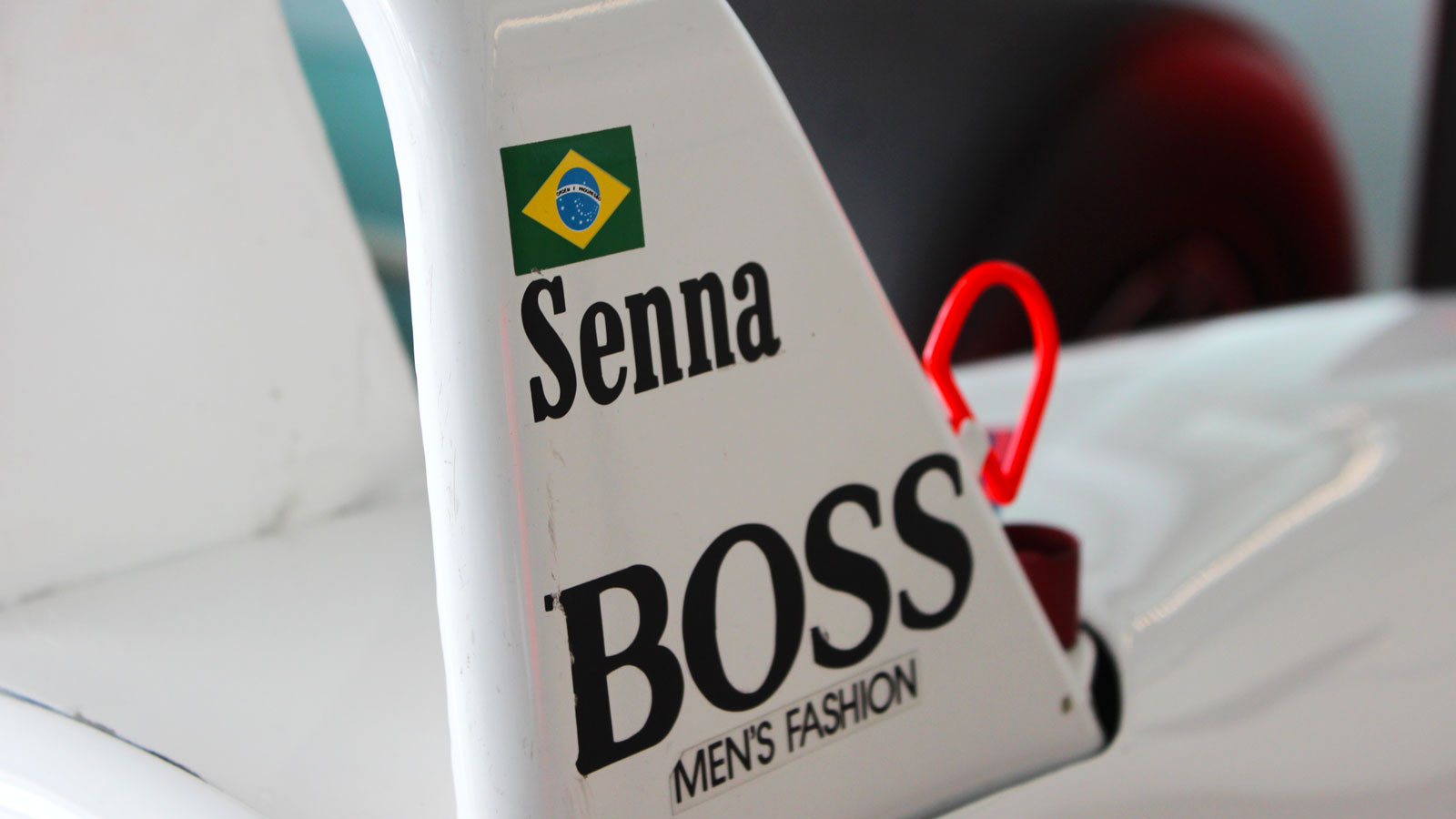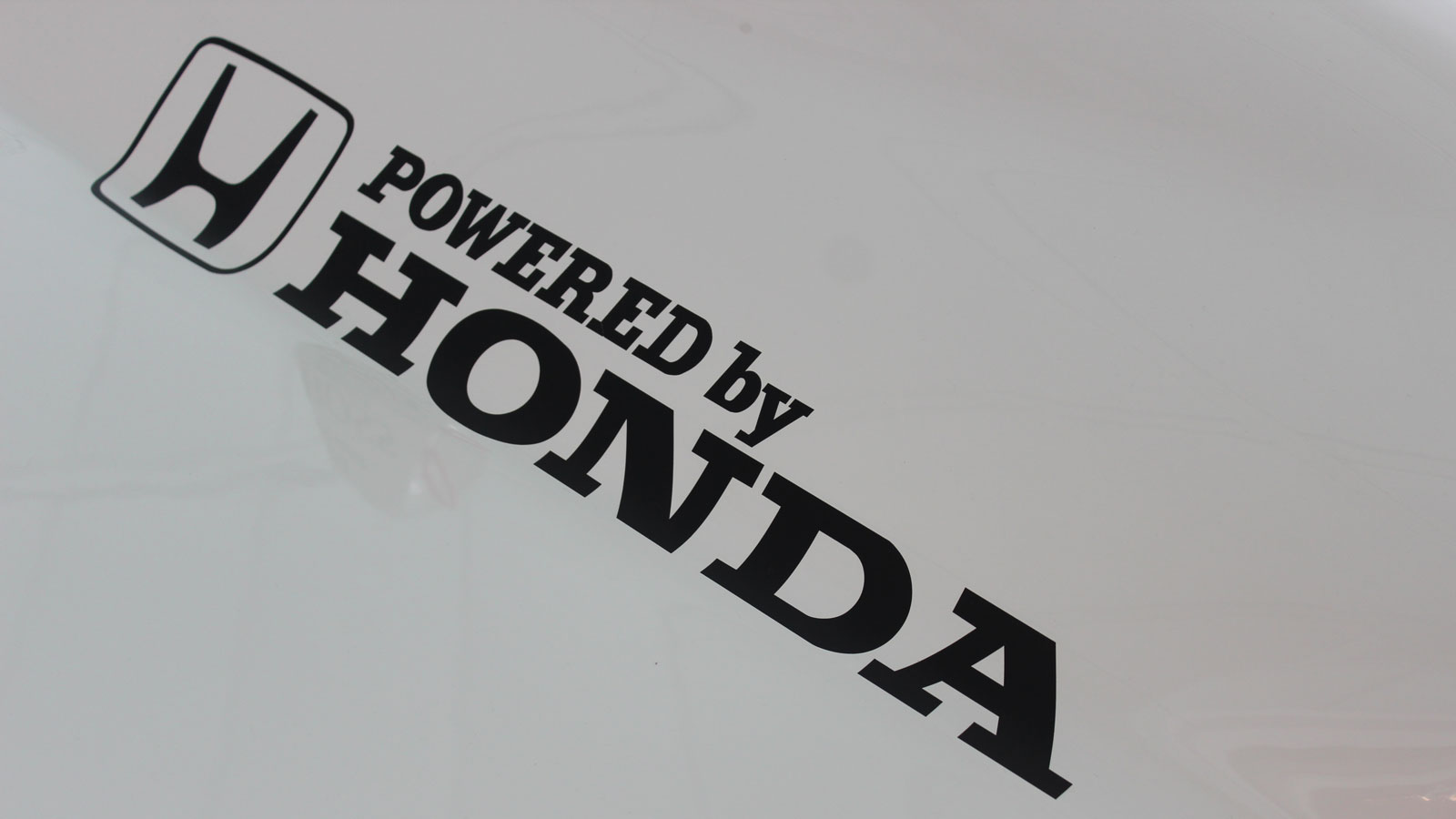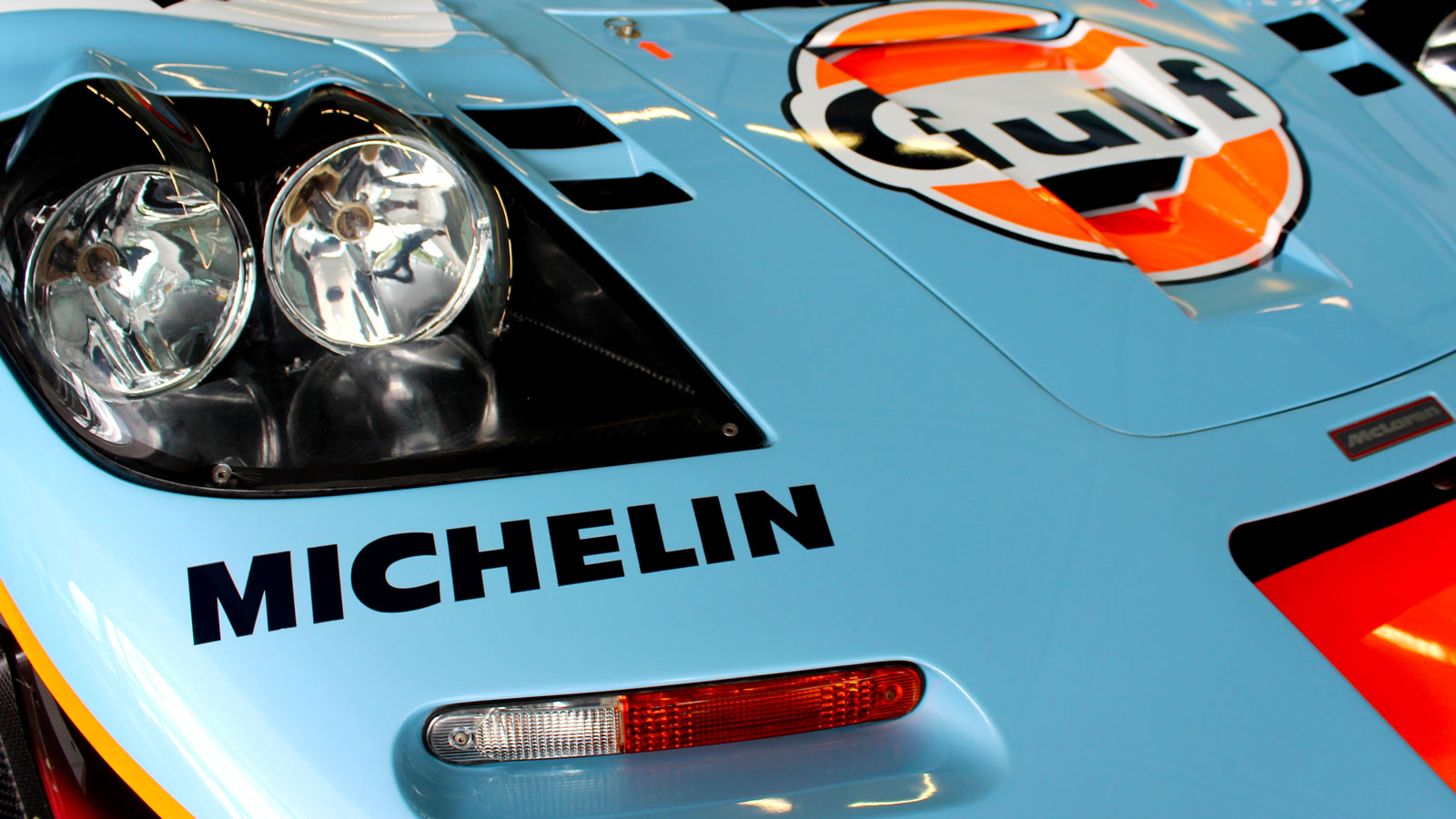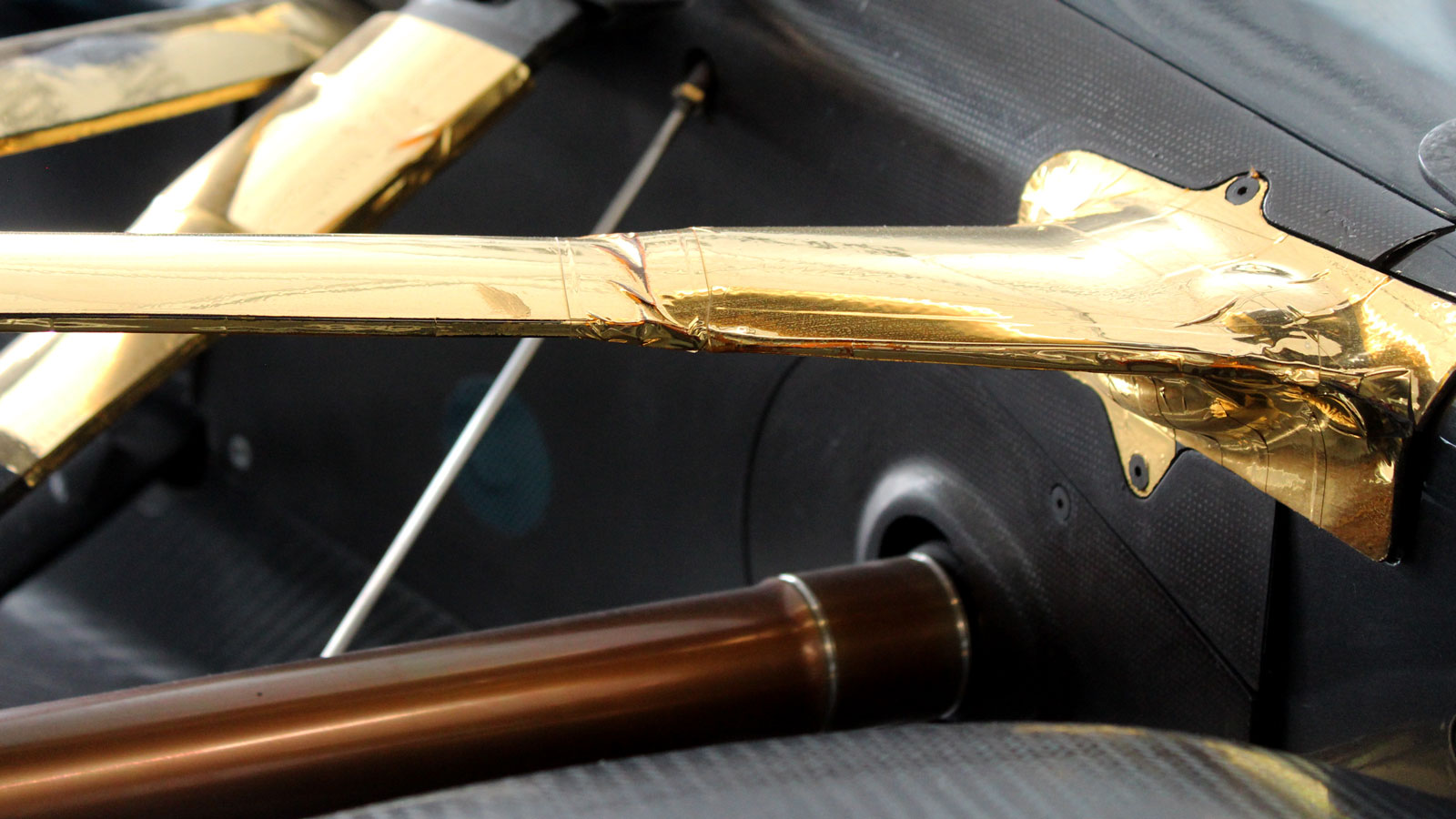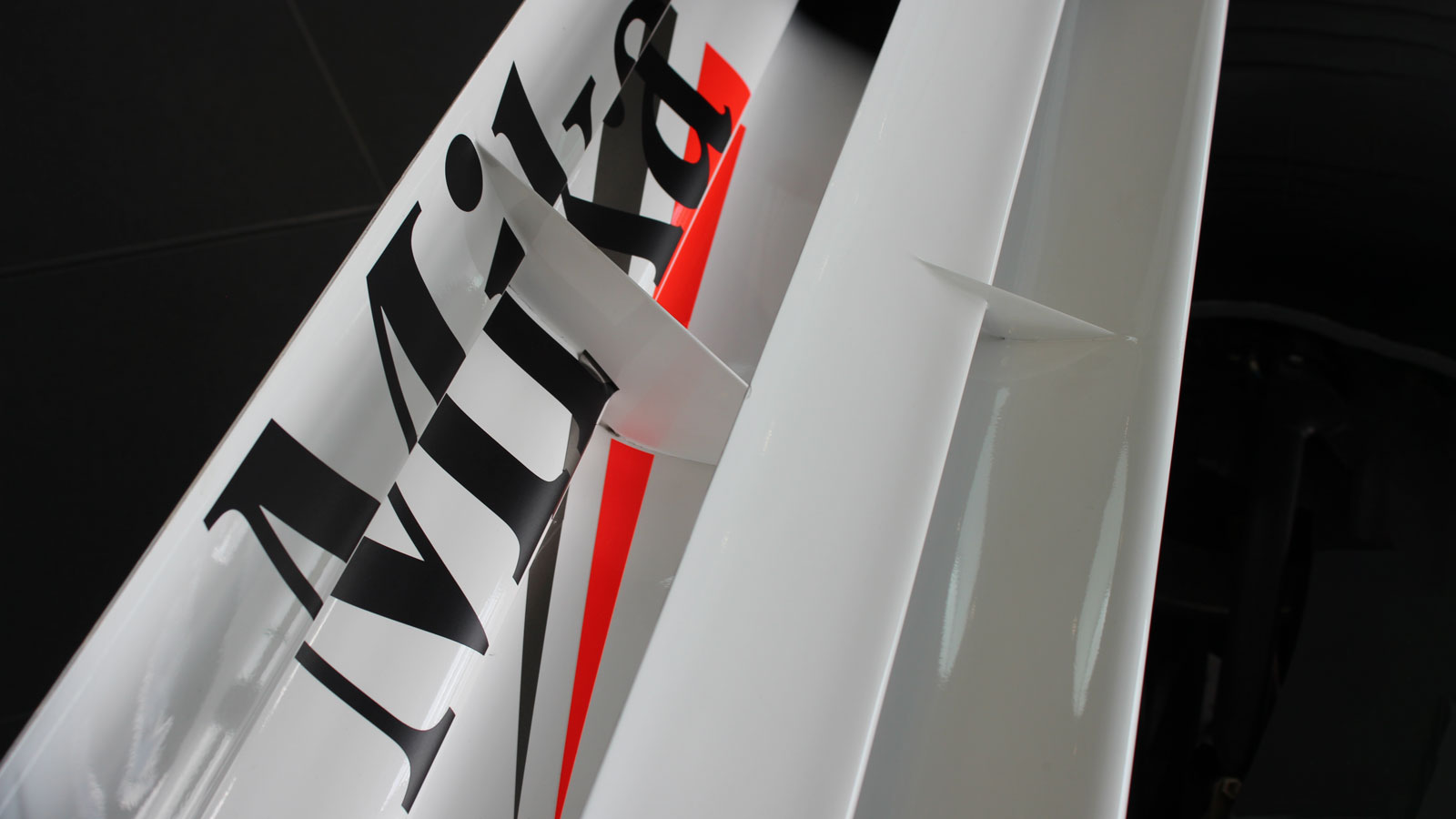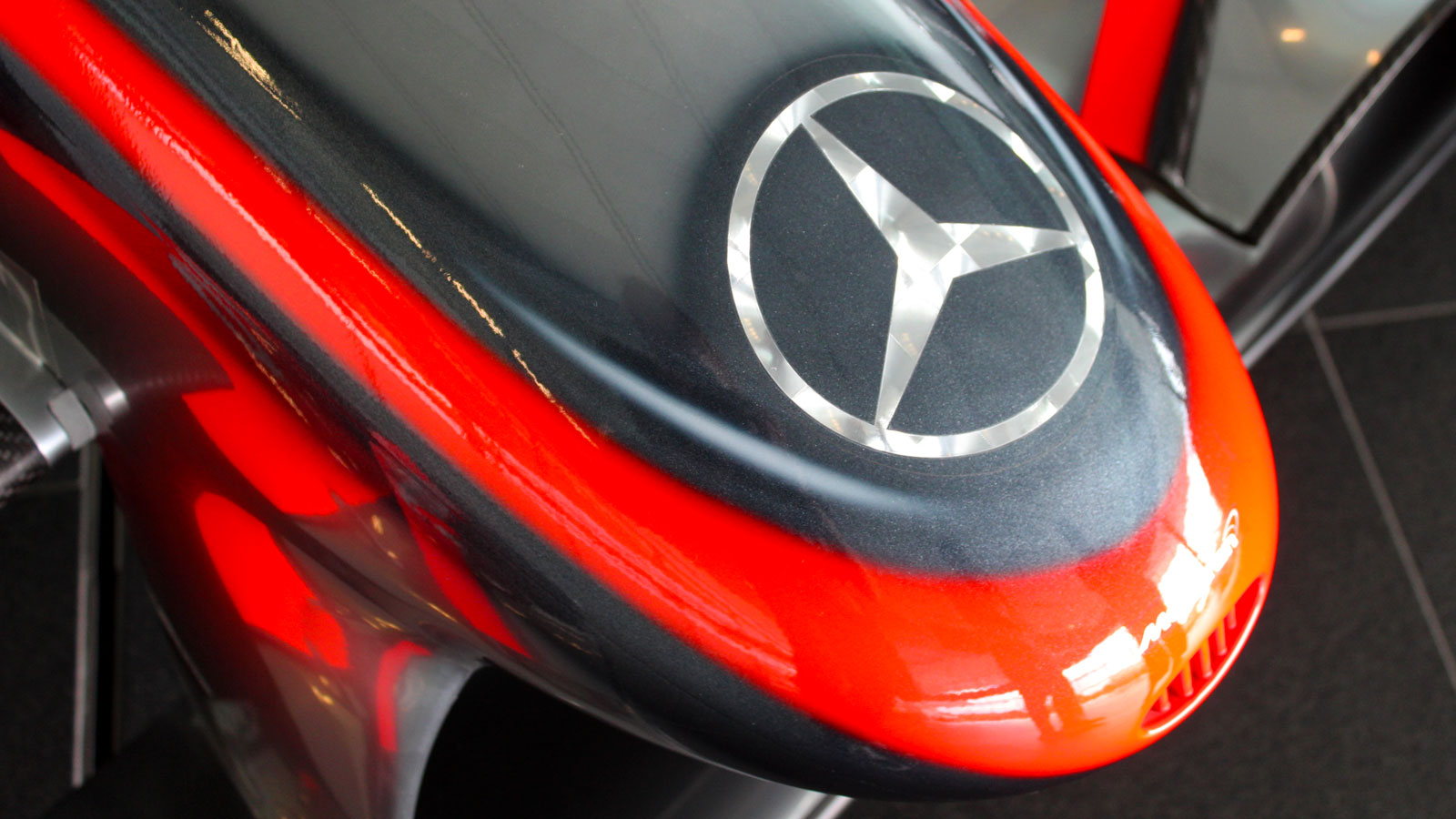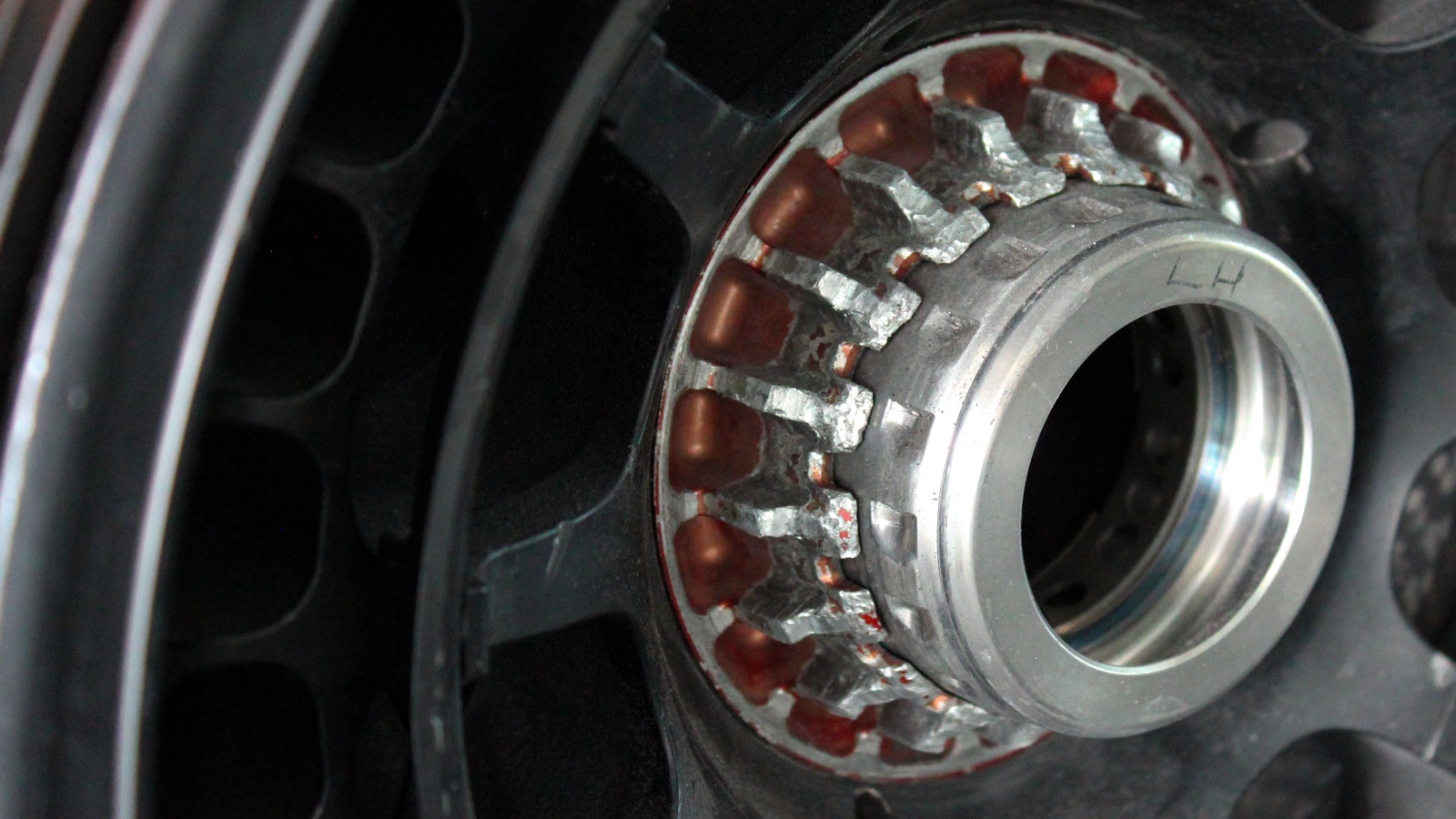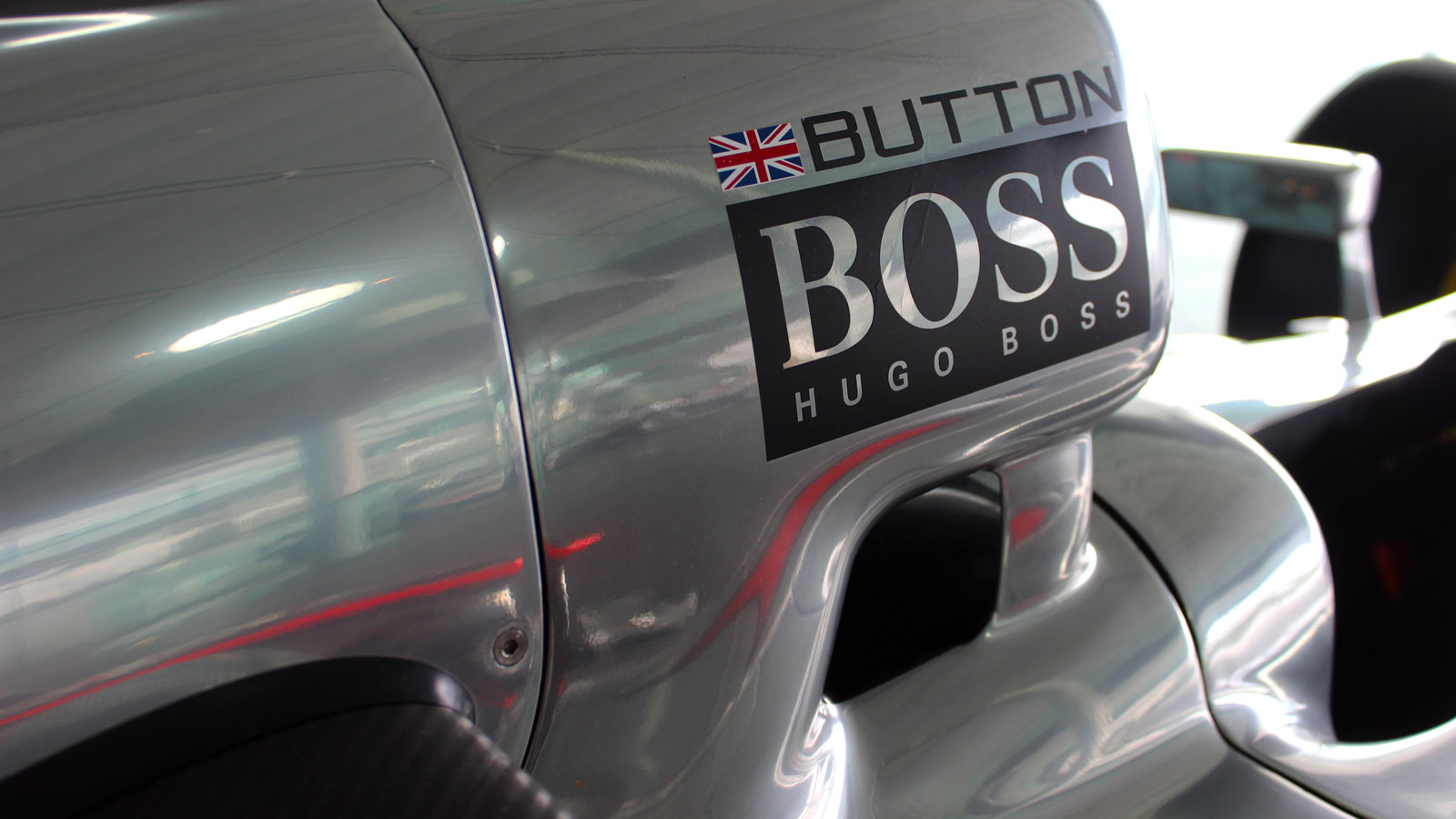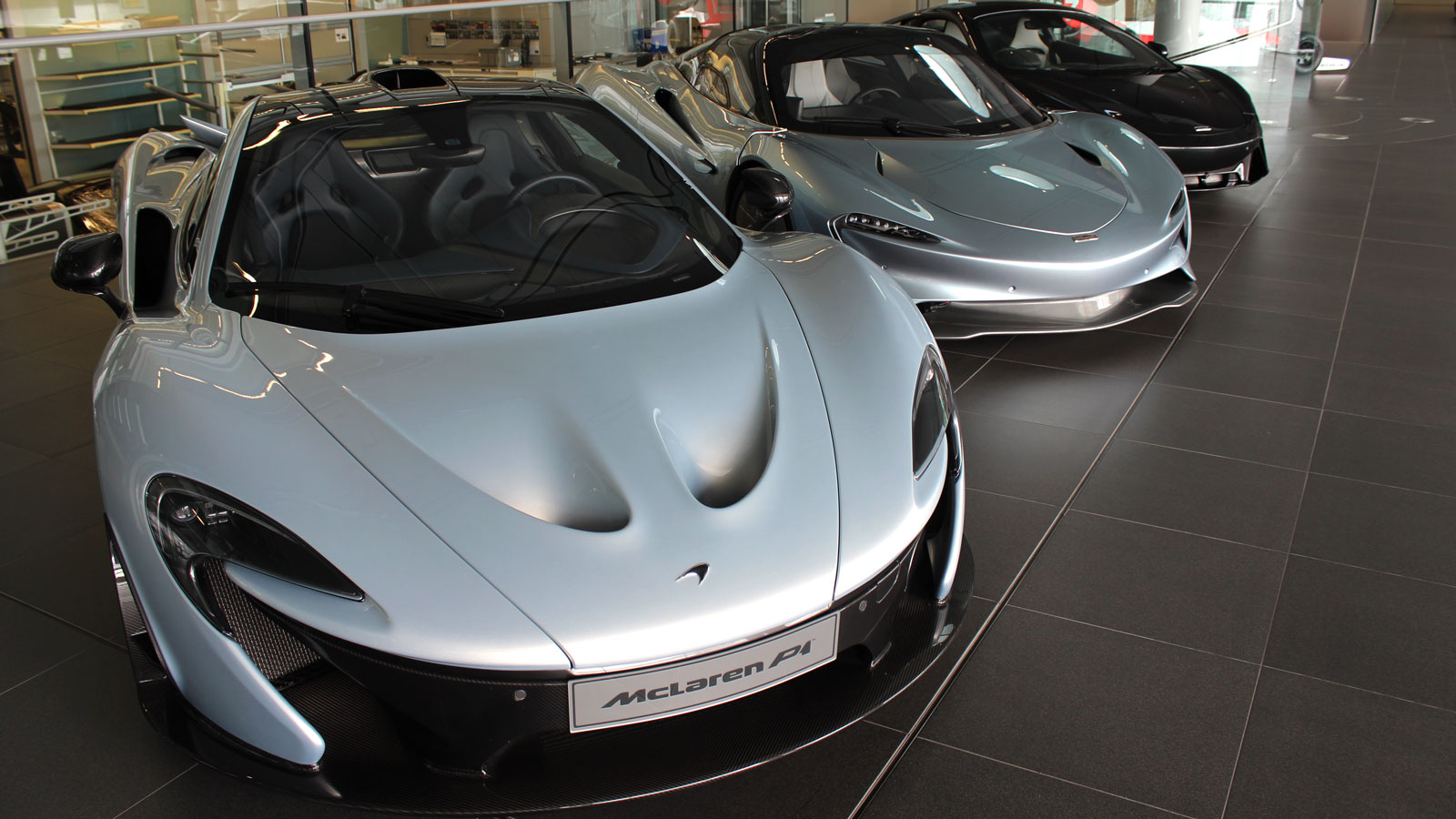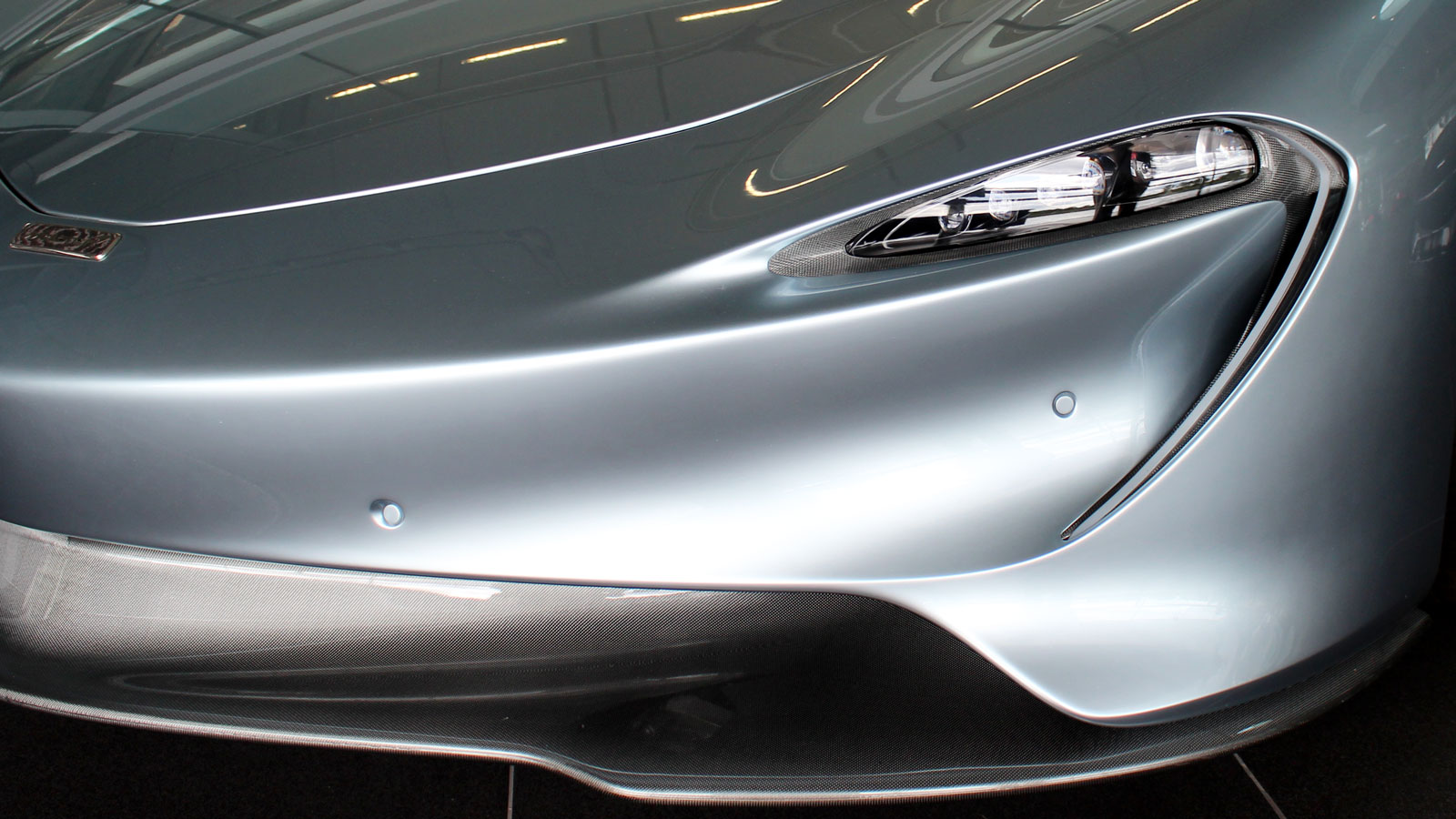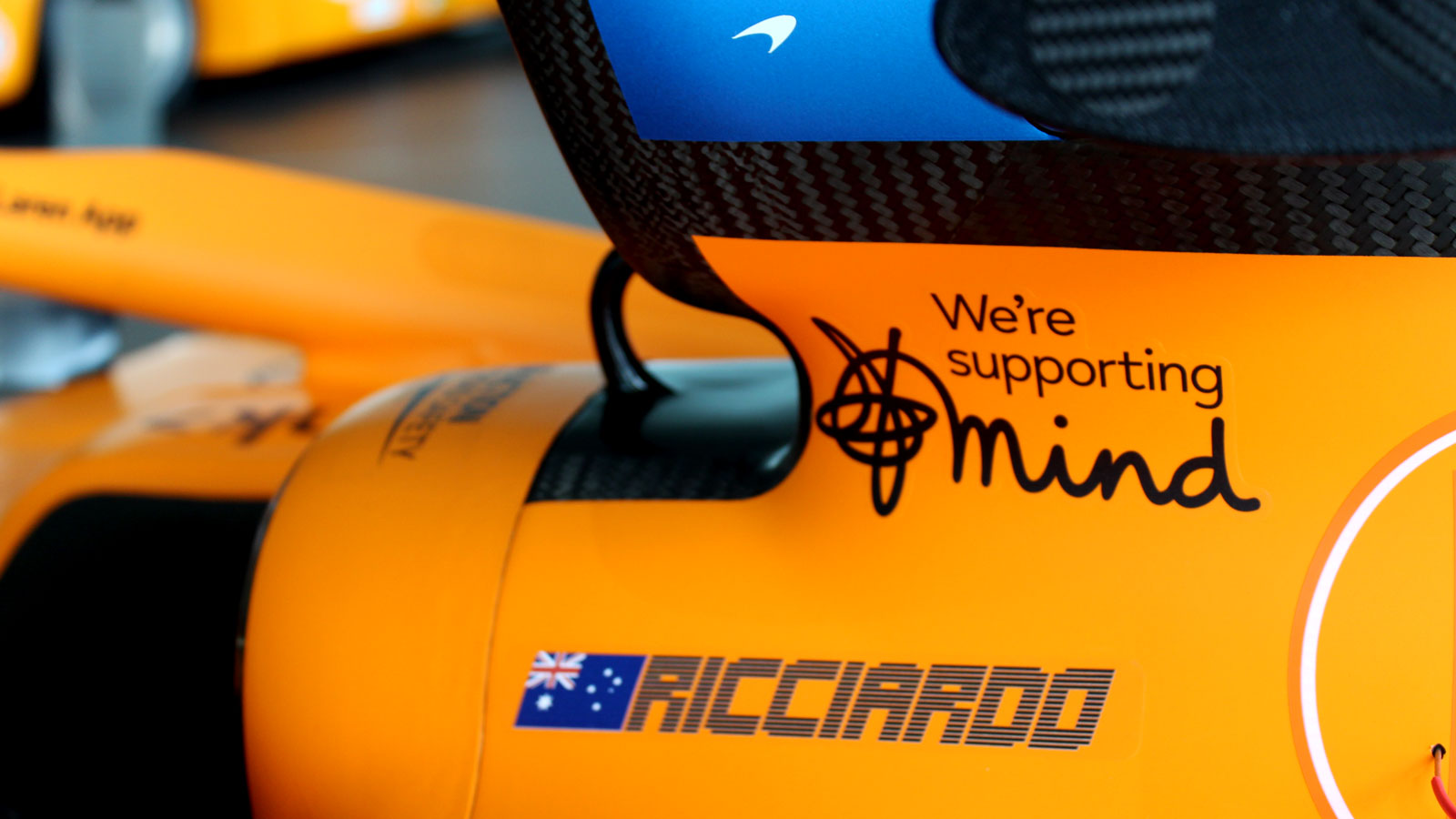Inside The McLaren Technology Centre: Best Of The Boulevard
McLaren's base in Woking is an impressive place that houses an impressive array of cars. Let's take a closer look at some of them.
British supercar maker, Formula 1 race team and electric off-road racing outfit McLaren was founded way back in 1963 by New Zealand-born racing car designer and driver, Bruce McLaren. Since its beginnings, the company has won eight F1 Constructors Championships, tackled the famed Indy 500 race here in America, and previously held the record for the world's fastest production car with 1992's McLaren F1.
Across all those achievements, the team has been based in Woking, UK, and for almost 20 years has called the gleaming McLaren Technology Centre its home. It's an incredibly impressive site that I was lucky enough to visit while back in the UK recently.
And while the whole site is pretty impressive, from the sci-fi entrances to the lake out front, the collection of cars on display is the most jaw dropping aspect here.
At the front of the building is an area called The Boulevard, where McLaren has an ever-changing array of cars from throughout its history on display. And when I visited, there were some absolute legends from automotive history out there to see.
So sit back, relax and enjoy a few of the finer details you can spot on a walk down McLaren's Boulevard.
The McLaren M8D
This is the McLaren M8D, which was developed for the 1970 Can-Am season. Nicknamed "The Batmobile," this beastly racer is powered by a Chevrolet V8 engine developed 670bhp at 6800rpm.
As well as its imposing power, the car also holds an imposing history. Sadly, this was the very vehicle that Bruce McLaren died in. While testing the car at Goodwood, some of the bodywork came loose and affected its aerodynamic performance. The car then spun off the track and into a bunker.
Speedy Kiwi
Sure, the McLaren Speedmark might be the company's most famous logo, but it isn't the firm's only emblem. The original McLaren insignia centered around the kiwi bird, which is the national animal of New Zealand.
Dubbed the Speedy Kiwi, this little emblem was used across McLaren's race cars until 1981. But thankfully, it has made a comeback on the 2022 cars finding its new home on the DRS control unit on the MCL36.
The Alligator Car
Dating from 1972, this is the McLaren M19C.
This was the first McLaren race car to feature a six-point racing harness and was one of the earliest race cars to feature brake cooling ducts that helped prevent overheating.
In 1972, the McLaren M19C also claimed the team's first Pole Position when Peter Revson claimed the front spot for the Canadian Grand Prix.
Prost, the Boss
As well as iconic race cars, McLaren has also been the home of a few pretty legendary racing drivers.
Alain Prost is one of those famous faces to have raced for the Woking-based team. The French driver first joined McLaren for the 1980 season, before a stint with Renault between 1981 and 1983.
Prost returned to McLaren in 1984 where he partnered Niki Lauda and would go on to become the first French F1 champion the following year. He won a further three world titles with McLaren.
Have You Seen This Car?
I liked this little detail in the back of the McLaren MP4/2 from 1984.
Just in case you stumble across a 1980s Formula 1 racer painted in red and white and you don't know where it came from, here's exactly where it needs to be returned to and who you should tell that you've found it.
Red, White and Glory
I'll admit that seeing these cars in the flesh gave me goosebumps.
The McLaren MP4/4 on the left is arguably one of the greatest F1 cars of all time. So, to see an immaculately restored, race-ready F1 car from the 1980s sat right there was a pretty special moment.
Those feelings were only compounded by the number 12 painted up front and the Brazilian flag stuck on the roll hoop.
Speaking of the Number 12
That number 12 is the insignia of Brazilian racing icon Ayrton Senna.
Senna drove for McLaren between 1988 and 1993. During that time, he racked up 34 race wins and claimed three Formula 1 World Drivers' titles. This car, the MP4/4, was the one that he drove during the 1988 season – his first championship-winning year.
McLaren and Honda
If you think about McLaren Honda today, you might have flashbacks to Fernando Alonso comparing the power unit in his 2015 racer to a "GP2 engine."
But, there was a time when this duo did some incredible things. That time came between 1988 and 1992, when Honda powered the championship-winning McLaren cars riven by Ayrton Senna, Alain Prost and Nelson Piquet.
It’s Not Always Orange
The story goes that Bruce McLaren began painting his race cars orange so that they would stand out on the old fashioned TVs that were around when he first started racing.
Bu, over the years, a raft of sponsors have brought a rainbow of other colors onto the race cars run by this iconic team.
In 1997, a sponsorship tie-in saw the McLaren F1 GTR Longtail get a blue and orange makeover for the FIA GT Season. I'm also pretty sure I had a naff pencil case at junior school that was meant to look like this car. Thankfully, the real thing looks a million times cooler.
Shiny Show
In recent years, Formula 1 has brought in budget caps in an attempt to level the playing field up and down the grid. In the late 90s and early 200s, that wasn't the case.
And with no budgetary restrictions, teams turned to increasingly exotic materials with which to build their cars. For McLaren, this meant wrapping the rear suspension on its 2006 race car with a gold film that would help reflect exhaust heat away from the essential components.
What’s in a Logo?
From 1997, a new sponsorship deal brought a new look to McLaren's F1 race cars. Out was the red and white of Marlboro cigarettes and in was the black and silver of West Cigarettes.
But, while the early years of this deal saw McLaren run West logos on its cars, a clampdown on cigarette advertising in Europe soon meant things had to change. From 2001, that meant cutting West from the logo and replacing it with the names of McLaren's drivers of the moment. Hence why this rear wing has "Mika" emblazoned across it in honor of Mika Häkkinen.
Return of the Merc
As we walked along the Boulevard, I grew increasingly excited as we began reaching cars I grew up watching race. So, another goosebump moment came when the silver and red McLaren's of the late 2000s began to shimmer into view.
This is the very front of the nose cone on Lewis Hamilton's 2009 McLaren F1 car. I love the look of this era of McLaren racers, so was fascinated to see how they appear up close. The chrome finish looked great, and this sparkling Mercedes Logo up front really caught my eye – I think I might be part magpie.
LH Who?
It's amazing how much influence a Formula 1 wheel nut can have on the outcome of a race. So it would be rude to walk past all of these incredible cars and not take a moment to appreciate the humble nut.
This one is the front left wheel nut on one of Lewis Hamilton's former McLaren race cars. It would have been originally entirely that orange color you see at its base, but the contact with the wheel gun when tightening and loosening it wore away ant the finish and left it chipped and battered.
Push the Button
Between 2010 and 2012, McLaren fielded the all-British pairing of Lewis Hamilton and Jenson Button. Both had one world title under their belts and they were each eying a second shot at the crown.
Over three seasons together, the pair scored 18 race victories and helped the team claim second place in the constructors championship on two occasions. And remember, this was a time when Red Bull was at its most dominant in the sport.
They Make Road Cars, Too
While McLaren might have started as a race team, it's also dabbled with road cars every now and then. The firm's first road car came in 1970 when it teamed up with Trojan to build a model called M6GT.
In the 50 years since, it has built the McLaren F1, which was formerly the fastest car in the world, the McLaren P1 (far left), the Speedtail (middle) and its latest offering, the Artura (far right).
Race-Inspired Lighting
The McLaren P1 is one of my all-time favorite looking cars. And a lot of that comes down to it's phenomenal-looking front end.
The car's face has an almost evil, manic-looking grin up front that is framed by these headlamps. The lighting array echoes the firm's Speedmark logo, which can also be spotted in other design details across the car's bodywork.
Five Years of Headlight Evolution
And five years and several models later, the Speedmark is still influencing the lighting design on McLaren's high-performance road cars.
On the McLaren Speedtail from 2018, the "swoosh" is still there, but has been toned down compared the the previous image. In a similarly understated approach, the hellish smile of the P1 has been subdued into more of a knowing grin. I like the smiling McLarens.
58 Years of Race Car Evolution
Every car you've seen so far has been meticulously maintained and is kept race-ready at all times, except for this one. As you enter the McLaren Technology Centre, the firm has a show car proudly blocking your path to showcase its current F1 racer. When I went to visit, the 2022 racer was off-site, so instead they had a model of the 2021 car out for all to enjoy.
And it wasn't just any model of the 2021 car, it was a copy of Daniel Ricciardo's Monza-prepped 2021 race car. And for the history fans among you, you'll remember this was a race-winning spec. It was Daniel Ricciardo's eighth F1 win and McLaren's 183rd grand prix victory.
So, for this little Danny Ric and McLaren fanboy, this was a pretty exciting spot to end the tour at.
